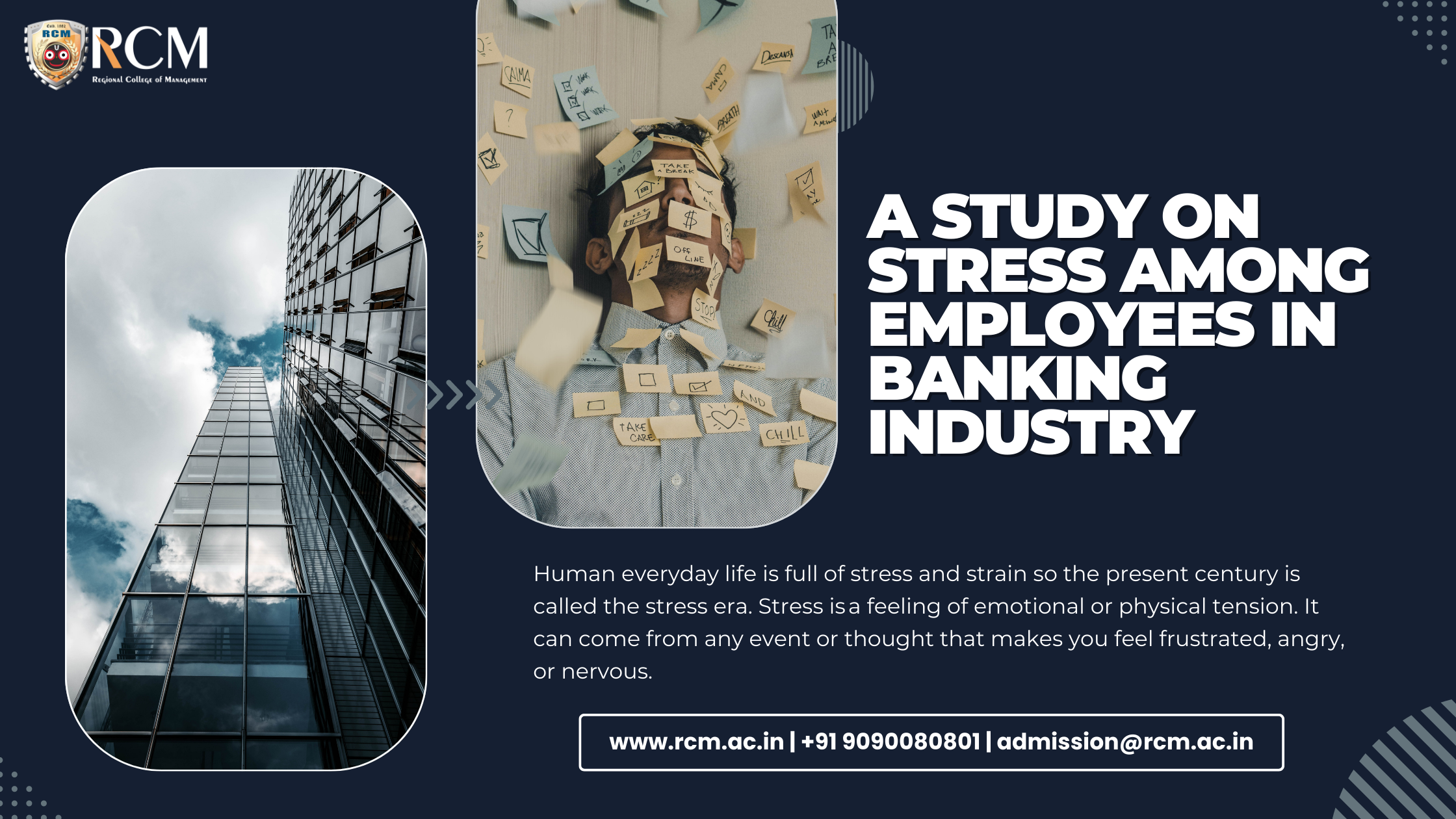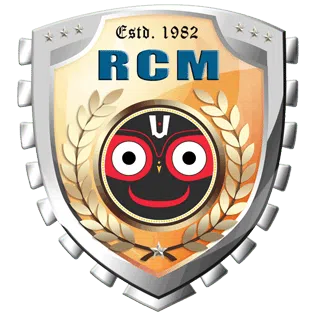Introduction
The modern banking industry in India is evolving rapidly. With digitalization, changing job roles, and high-performance expectations, bank employees—including account managers, tellers, and executives—face rising stress levels. This study explores the key factors of stress, their impact on employee performance and development, and ways forward for a healthier work environment.
Why Stress in Banks Is Rising
High-pressure environments, long working hours, tight deadlines, and tech disruptions are major stressors. Bank managers, especially in public and private sector banks, often face the brunt due to managerial responsibilities and performance targets. Stress also varies by job role—from account managers to senior leadership.
Banking Career in India: High Demand, High Stress
A banking career in India is attractive due to financial stability and growth, but comes with challenges. A bank manager’s salary may be competitive, yet often doesn’t compensate for the stress, lack of work-life balance, or poor mental health support. Recruitment trends like the upcoming Canara Bank Recruitment 2025 for freshers continue to attract aspirants—many unaware of the workplace pressure.
Key Findings from the Study
- 93% of bank employees report being stressed.
- Top stress factors: work overload, impatient customers, role ambiguity, and technology-related issues.
- Performance and development are significantly affected by unmanaged stress.
- Lack of support and poor communication from management intensify the issue.
Best Stress Management Practices
Banks need actionable steps such as:
- Regular mental health workshops
- Flexible work hours for better work-life balance
- Clear role definitions to reduce ambiguity
- Encouraging social cohesion through team-building events
- HR support systems and transparent feedback mechanisms
What Banks Can Learn
Even large institutions like Axis Bank headquarters are investing in wellness programs to retain top talent. Addressing bank employee stress is not just ethical but strategic for talent retention, customer satisfaction, and regulatory performance.
Conclusion
While the stress is real, so is the potential to reduce it. With the right policies, banks can improve employee morale, ensure performance and development, and make the banking sector a more sustainable career choice.
References
- Adbel-Halim, A.A. (1978), “Employee Affective Responses to Organizational Stress: ModeratingØ Effects of Job Characteristics”, Personnel Psychology, Vol.31.pp.561-579
- Agarwal, Rita (2001), Stress in Life and At Work, Response Books, New Delhi
- Ahmad, S.FayyazØ & Shah, Farooq A. (2007), “Role Stress of Officers and Clerks: An Empirical Stress in Banking Industry”, Business Review, Vol.12, No.2, pp1-9
- Billings, A.G.Ø & Moos, R.H. (1984), “Coping Stress and Social Support among Adults with Unipolar Depression”, Journal of Personality and Social Psychology, Vol.46.pp. 877-891
- Buck, V. (1972), Working Under Pressure, London, Staples Press
- .Chand, P. and Sethi, A.S. (1997), “Organizational Factors in Development of Work stress,” Ø Indian Journal of Industrial Relations, Vol.32, No.4,pp.453-462
- Cooke, Robert A. and Rousseau, Denise M. (1984), “Stress and Strain from Family Roles and Ø Work Role Expectations”, Journal of Applied Psychology, Vol.69, No.2,pp.252-260
- Gani, A. and Shah, F.A. (1998), “Relationship between Perceived Organizational Climate and Ø Job Stress: An Exploratory Investigation”, Management and Change, Vol.2, No.2
- Hariharan, Meena and Rath Radhanath (2008), Coping with Life Stress, The Indian Experience, Ø New Delhi, Sage Publications.
- Jagdish (1987), “Perceived Occupational Stress and Employee’s Attitude towards Job and Ø Management”, Indian Journal of Industrial Relations, Vol.23, No.1, pp. 80-92.




























